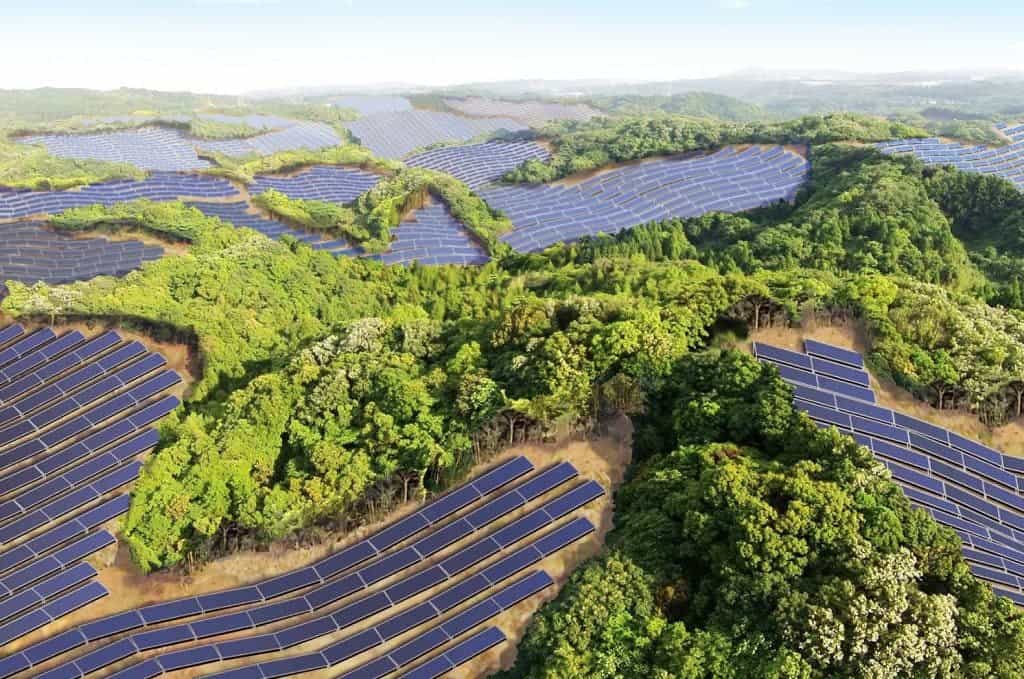Environmentalists and planners have often argued against golf courses (especially abandoned golf courses), considering them a waste of space and resources, and for good reason. Golf courses cover huge areas of ground which could be used for something more productive. Now, Japanese company Kyocera is building a huge solar power plant on such an abandoned course.

With lots of sunny exposure and little shade, abandoned golf courses in both Kyoto and Kagoshima Prefectures will soon host two new solar power plants with a combined capacity of 115MW. Together, they will provide enough energy to power some 35,000 houses.
“Solar can provide a particularly productive and environmentally friendly use for defunct golf courses, which are characterized by expansive land mass, high sun exposure, and a low concentration of shade trees,” Kyocera said in an announcement yesterday.
Overdevelopment of golf properties during the real-estate boom of the 1990’s and 2000’s has led to hundreds and hundreds of golf courses being created, many of which are idle and unused today. Officials have been trying to find a solution, and solar energy is especially tempting alternative.
“Solar can provide a particularly productive and environmentally friendly use for defunct golf courses, which are characterized by expansive land mass, high sun exposure, and a low concentration of shade trees,” the company writes.
We feel like it’s a really good idea with a lot of potential; no matter where you live, you almost certainly have some abandoned lands which could be repurposed for solar energy – it’s making the best out of a bad situation, so why not?






